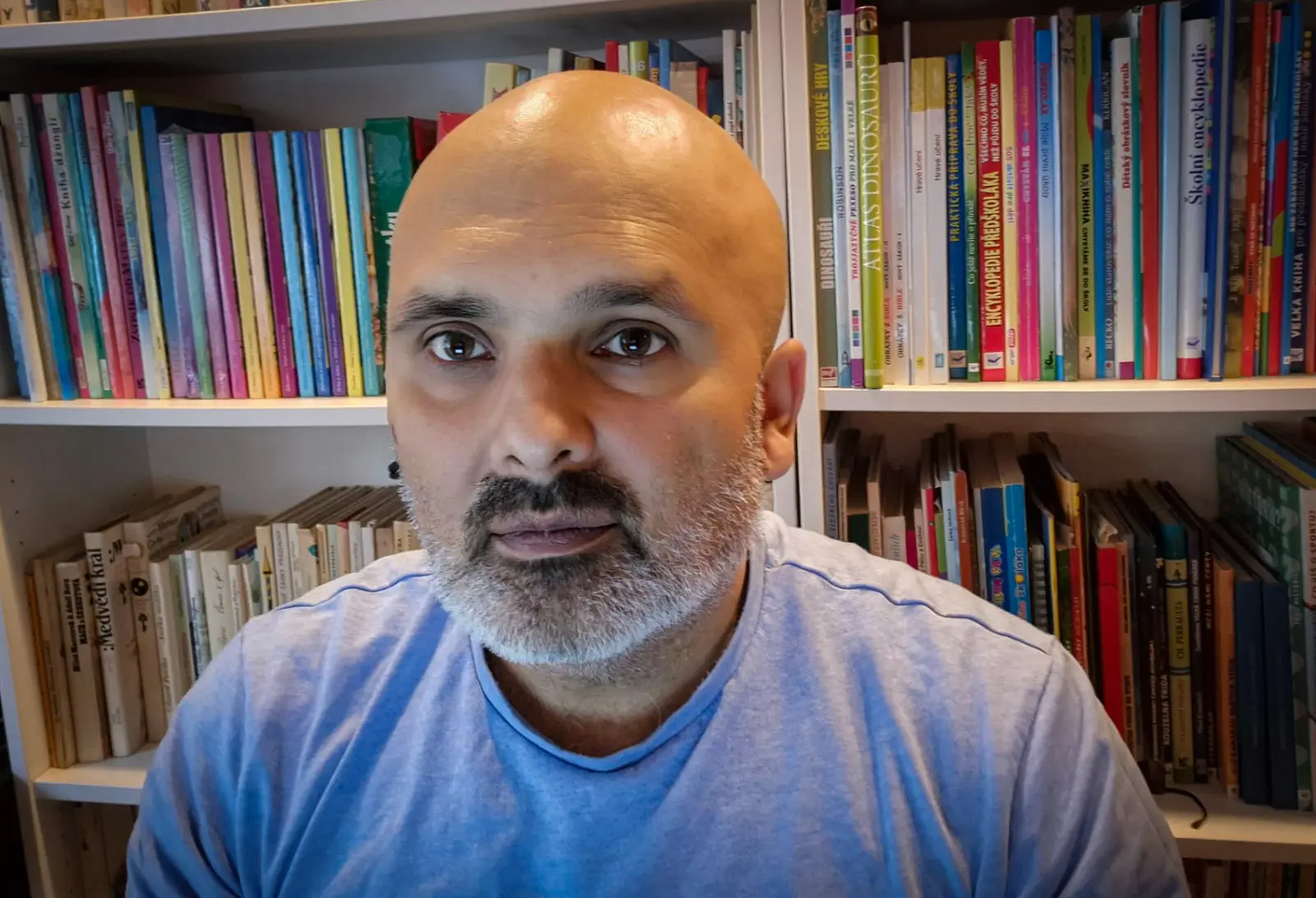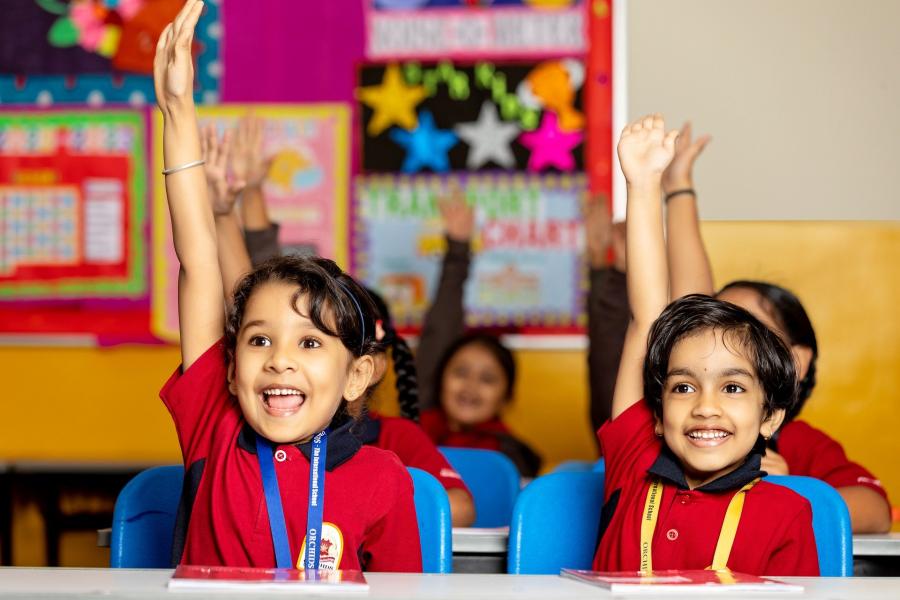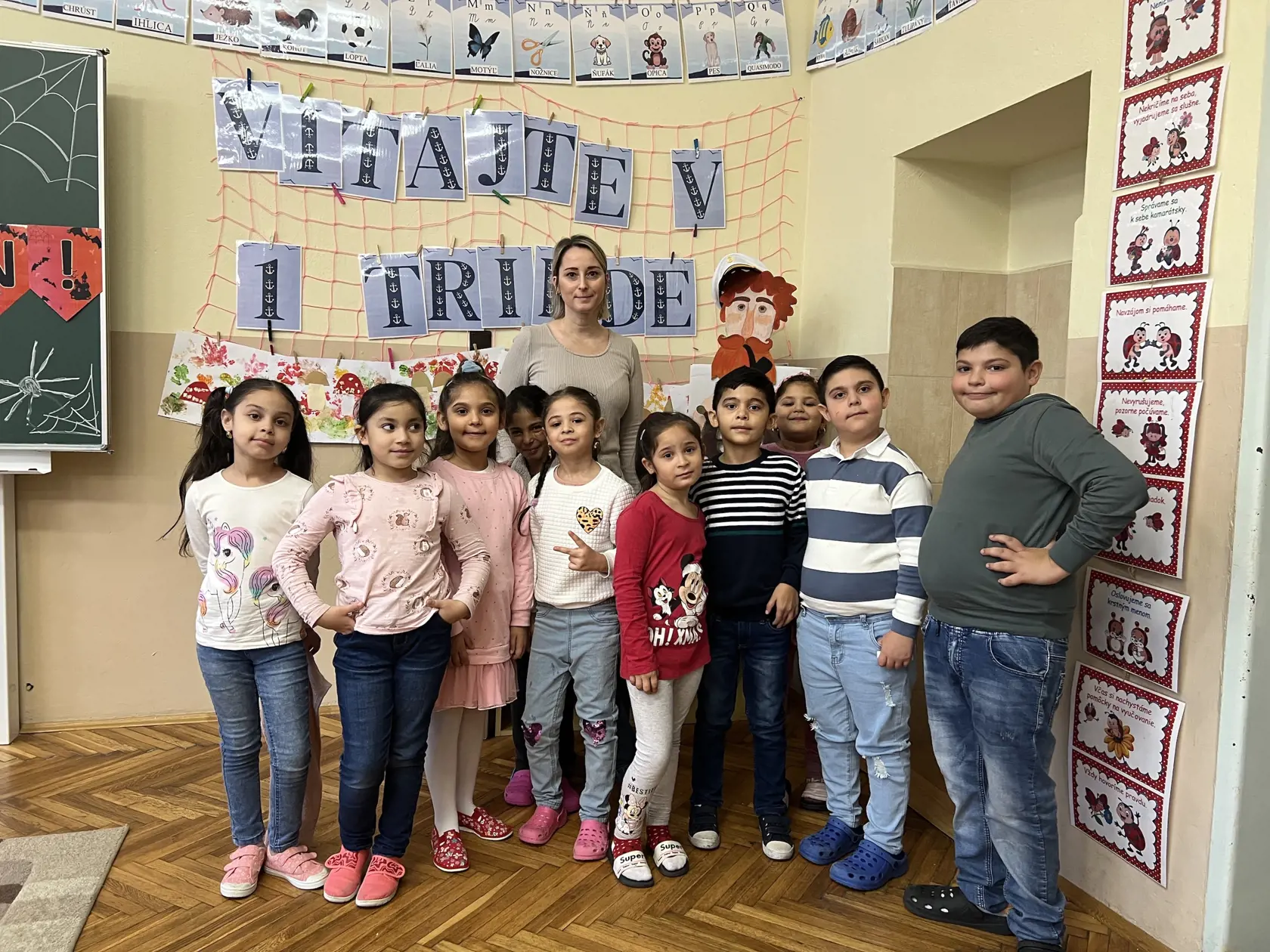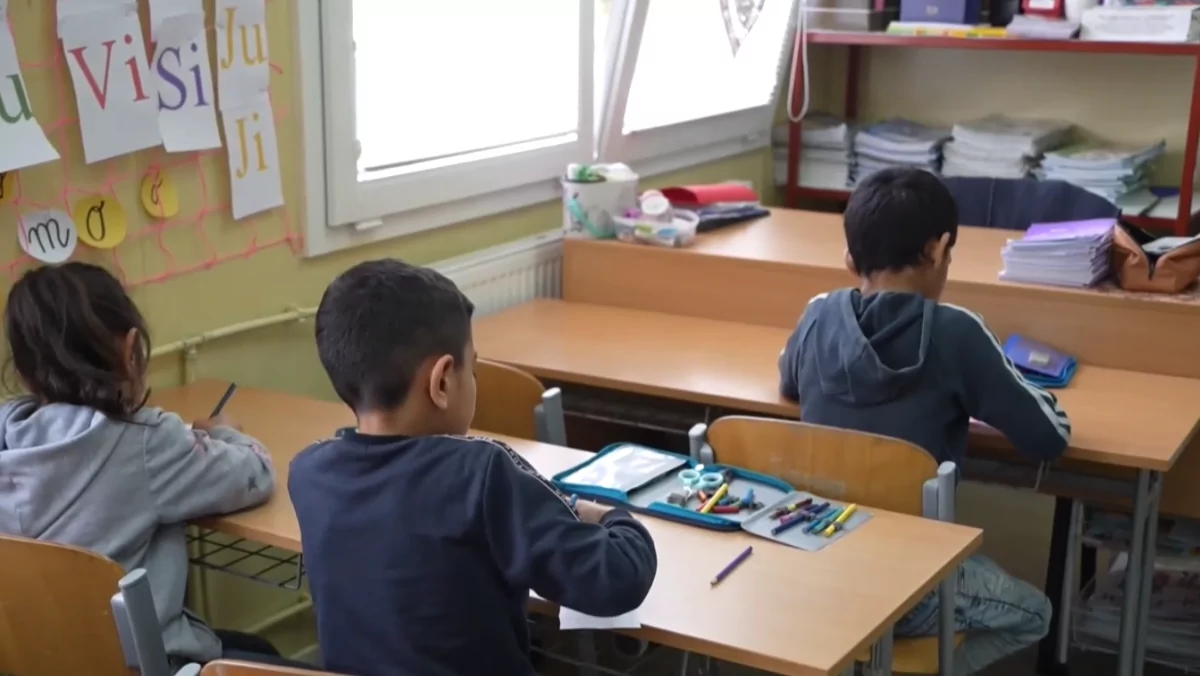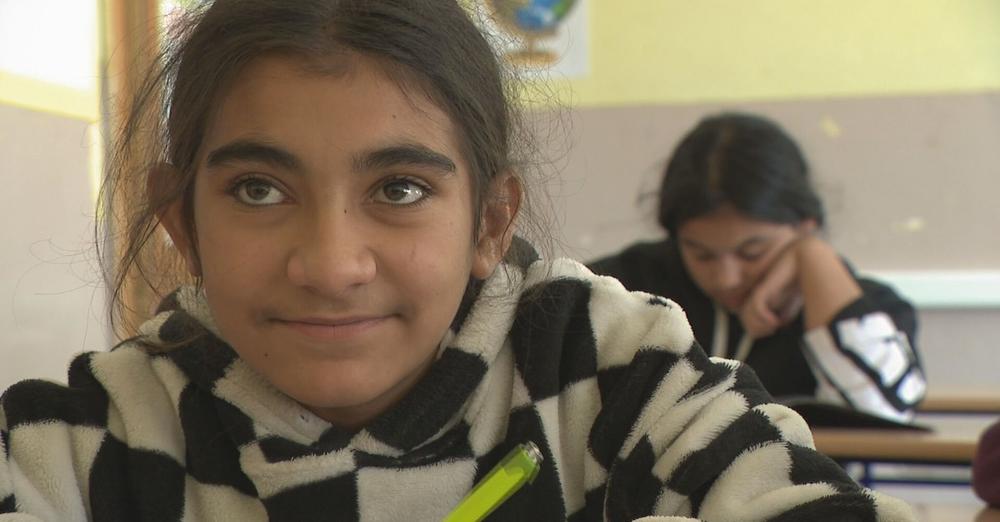The Czech Republic has been struggling with the problem of segregation of Roma children in education for more than fifteen years. The judgment of the European Court of Human Rights in the case of D. H. and others v. the Czech Republic from 2007 clearly identified the practice at that time as discriminatory. Instead of accepting this challenge as an opportunity for change, we resorted to writing strategies, plans and reports that remained only on paper. Despite tens of millions of crowns invested in various action plans, the reality is still the same.
Children from Roma families often find themselves in segregated schools that offer them a lower quality education. The consequences are devastating – these children remain trapped in a cycle of poverty and social exclusion, while society loses their potential. Moreover, segregation is not just a problem in primary schools. This phenomenon also continues in secondary schools, where the socio-economic background of families and place of residence play a major role.
- Desegregace ve vzdělávání: Promarněná šance a politická hra na slepou bábu. In: Romea. 08.01.2025. https://romea.cz/cz/komentare/desegregace-ve-vzdelavani-promarnena-sance-a-politicka-hra-na-slepou-babu
